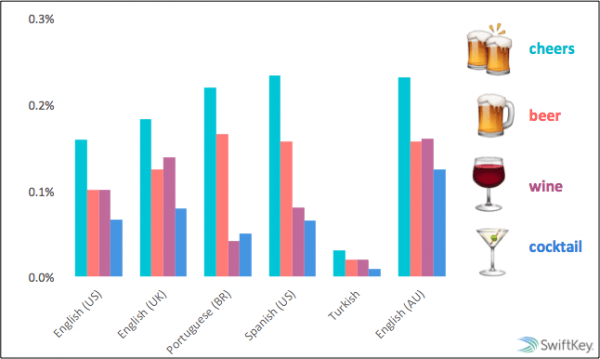
By Vyvyan Evans, Bangor University.
The emoji has become one of the fastest growing forms of communication in history. But those who are worried that its growth could see the death of written language are wrong – emojis are being used to enhance, rather than replace words in our digital communications.
An emoji is an iconic, visual representation of an idea, entity, feeling, status or event, that is used alongside or instead of words in digital messaging and social media. You could call them today’s modern hieroglyphics.
Watch Ellen explain emojis below. Post continues after video.
Initial results from market research by the company TalkTalk Mobile that used an emoji IQ study that I developed gives us a first glimpse of how the use of emojis are growing. The survey of 2000 UK residents aged 18-65 found that 80 per cent of Brits are now using these colourful symbols to communicate on a regular basis. And 62 per cent of smartphone users report that their use of emojis has increased from a year ago. The 18 to 25-year-old age group were the biggest users, with 72 per cent of younger people agreeing that they find it easier to express their emotions using emojis.
Emoji is an anglicised Japanese word meaning “picture character”. They were invented in the late 1990s in Japan for use in early mobile internet platforms, with 176 emojis released in 1999. But by 2010, the Unicode Consortium – which provides the international standard for digital fonts – had approved 722. This official body oversees which emojis see the light of day, and there are 38 new emojis currently under consideration for release in 2016, (including ones for bacon and champagne glasses clinking). But the rapid growth can be traced to late 2012, when newer generations of smartphones and tablets began incorporating emojis as standard in their digital keyboards.




























































































